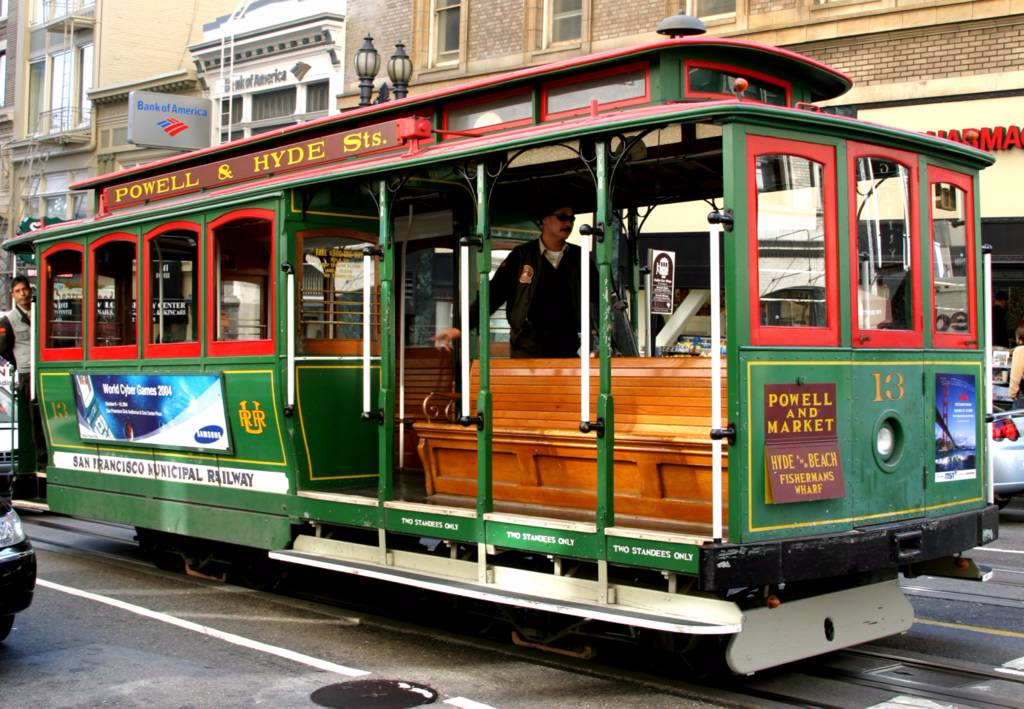San Francisco Bay Guardian, 2002-03-20, v36-n25 - 25edpow
Public power’s future
The good news is that San Francisco finally has a draft plan for future electricity use and development that comes down fairly strongly on the side of renewable energy, sustainability, and environmental justice. The plan, largely written by Ed Smeloff, San Francisco Public Utilities Commission assistant general manager and the city's chief electric-power expert, even endorses the concept of public power — in a very limited way.
And that's the bad news. The plan falls far short of providing a comprehensive blueprint for the city's energy future because it barely addresses the critical issue: who will own and operate the system?
As Savannah Blackwell reports on page 13, the Smeloff plan was never designed to be a feasibility study on public power. It was drafted under a mandate from the Board of Supervisors, which asked the SFPUC and the San Francisco Department of the Environment to come up with a plan that “considers all practical ... alternatives to fossil fuel generation" in the city. Among the goals of the plan was to find ways to shut down the ancient, pollution-spewing Pacific Gas and Electric Co. power plant in Hunters Point.
And on that level, it succeeds admirably. The plan suggests that the city pursue a “distributed resources" scenario in which San Francisco generates as much energy as possible locally, through solar power, cogeneration, and small, dispersed fossil-fuel plants. It calls for a comprehensive energy-efficiency program (which is by far the cheapest and most environmentally sound way to address energy needs). It warns of possible problems with allowing Mirant Corp. to build a giant new natural gas–fired plant at the foot of Potrero Hill.
But as we've reported numerous times (see, for example, "Green City," 9/26/01), the record is abundantly clear: private utilities such as PG&E will never support significant renewable energy programs and will never tolerate anything that gives the community more control over its own energy resources. The only way any of the good things that the draft plan proposes will ever happen is if San Francisco kicks PG&E out of town and runs its own municipal electric utility.
There is only one, almost offhanded mention of that issue in the report. In a single sentence on page 48, the plan recommends that "the City should seek revisions to state law or regulations to allow it to serve residential and business load [that is, sell power to retail customers] in San Francisco." In a sense, that statement is a dramatic sign of how profoundly the political climate in this city has changed in the past two years, and how far the public power movement has come: it is, to our knowledge, the first time in at least 50 years that an official SFPUC document has called, however cautiously, for the city to enter the business of selling retail electric power.
However, the recommendation is far too limited — and could be used by PG&E and its allies as a tool to derail a more comprehensive and effective public power measure for the November ballot.
There are any number of ways the city can "serve residential and business load" — and still fail to comply with the letter and spirit of the federal Raker Act, which requires San Francisco to operate a public power system.
The SFPUC, for example, could simply buy power from PG&E and other energy suppliers and sell it to local customers, leasing PG&E's existing distribution system for its delivery. That might be a modest improvement on what we have now (at least the city would get a little revenue from the deal, and could possibly hold rates down). But it would leave PG&E in control of the system: the private monopoly would still own the lines and could still charge high fees for the city to use those facilities. And more important — and more troubling — the management of the city's power system would still be under the SFPUC, a commission appointed by the mayor and thus eminently susceptible to political pressure from the likes of PG&E.
It's no surprise that a PG&E spokesperson was quoted in the San Francisco Chronicle March 14 as saying that the utility wasn't all that opposed to the idea of the city selling power over leased PG&E lines.
Smeloff's plan was released just as public power advocates were meeting to gear up for a campaign to pass a City Charter amendment similar to Sup. Tom Ammiano's Proposition F, which narrowly lost in last November's election. There's some debate about how Ammiano's measure should be modified for a second go-round; some elements of last year's plan may have needlessly alienated conservative voters, and there's no question that the measure can and should be amended and updated.
But some essential elements of the measure need to remain. The first, and most important, is the creation of an independent, district-elected board with the mandate to create and manage a full-service public power agency. Only a board directly accountable to the voters can be trusted with the politically charged job of taking on PG&E in a massive, high-stakes battle for control of the municipal grid. The second essential element is a strong mission statement, similar to the one in last year's measure, that directs the new agency to comply with the Raker Act as interpreted by the U.S. Supreme Court in 1940 and that sets as a long-term goal the complete revocation of PG&E's franchise in San Francisco and the creation of a locally owned system to deliver electricity directly to residents and businesses.
Ammiano has already reintroduced his charter amendment, but it almost certainly will be changed before it comes to a final vote. Public power advocates should press the supervisors not to compromise on the fundamental issues and not to allow PG&E to use the notion of a public-private partnership, in which the city would share authority over the system with PG&E, as a wedge to undermine the movement.
And before the supervisors approve Smeloff's plan, they should include specific language that makes the creation of a public power agency, under the general outlines of what Ammiano has proposed, a central part of the city's energy future.
P.S.: The Chron's story on the Smeloff plan reminds us of the old adage about the dog walking on its hind legs: the remarkable fact is not that it was done badly but that it was done at all. Chuck Finnie and Susan Sward suggested that this was primarily a report about public power (it isn't) and that Smeloff wants to put a moderate public power plan, potentially competing with Ammiano's, on the November ballot (at this point, he's pushing only for a plan that would allow the city to sell public power revenue bonds — something needed in any scenario). But at least the Chron now has two experienced reporters covering the public power beat, and the story actually mentioned the Raker Act. It's a start.







